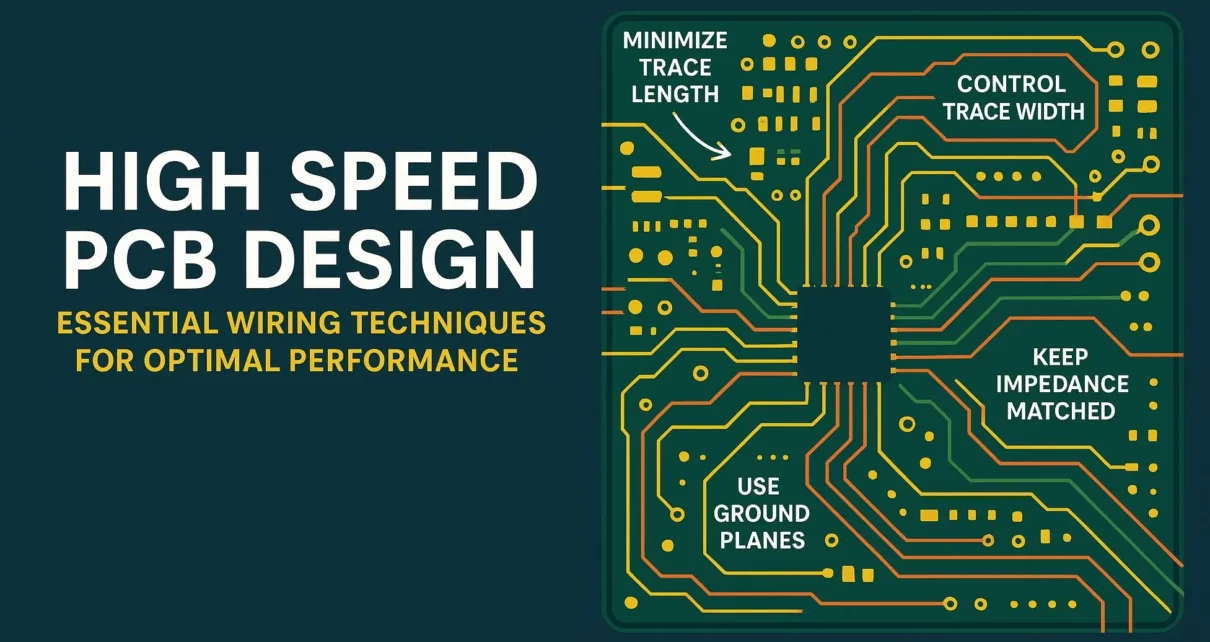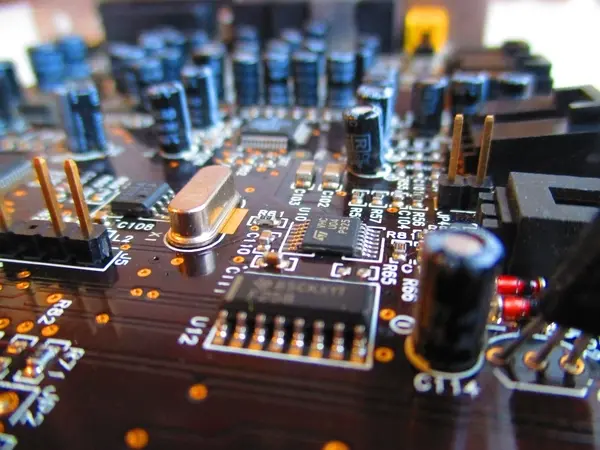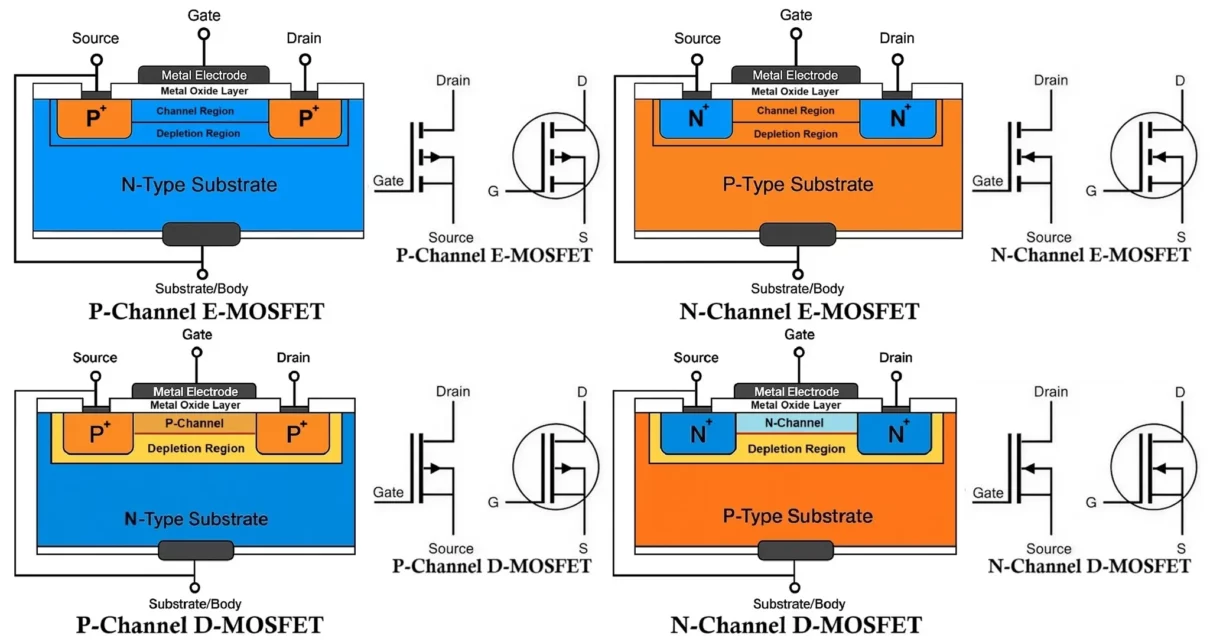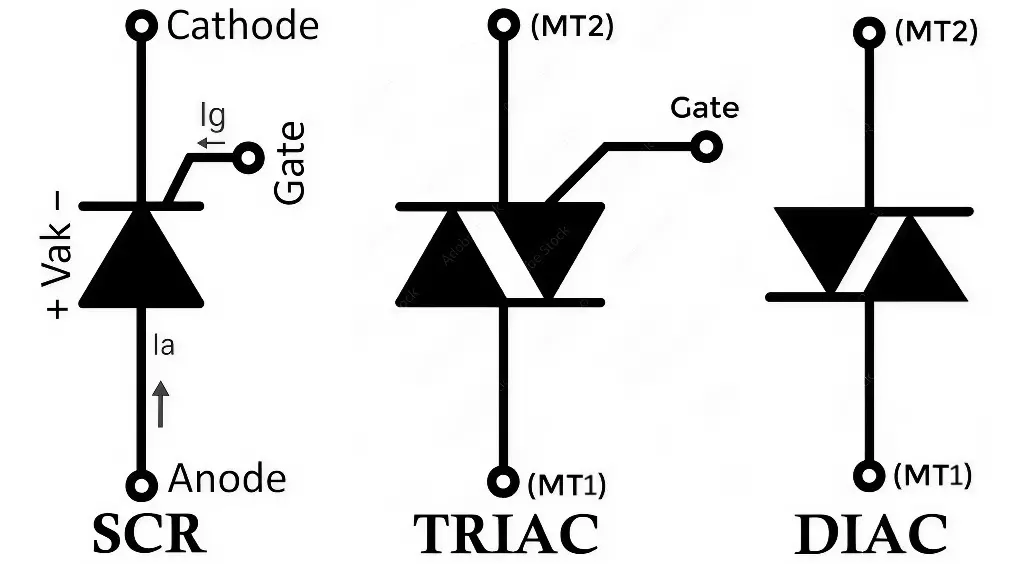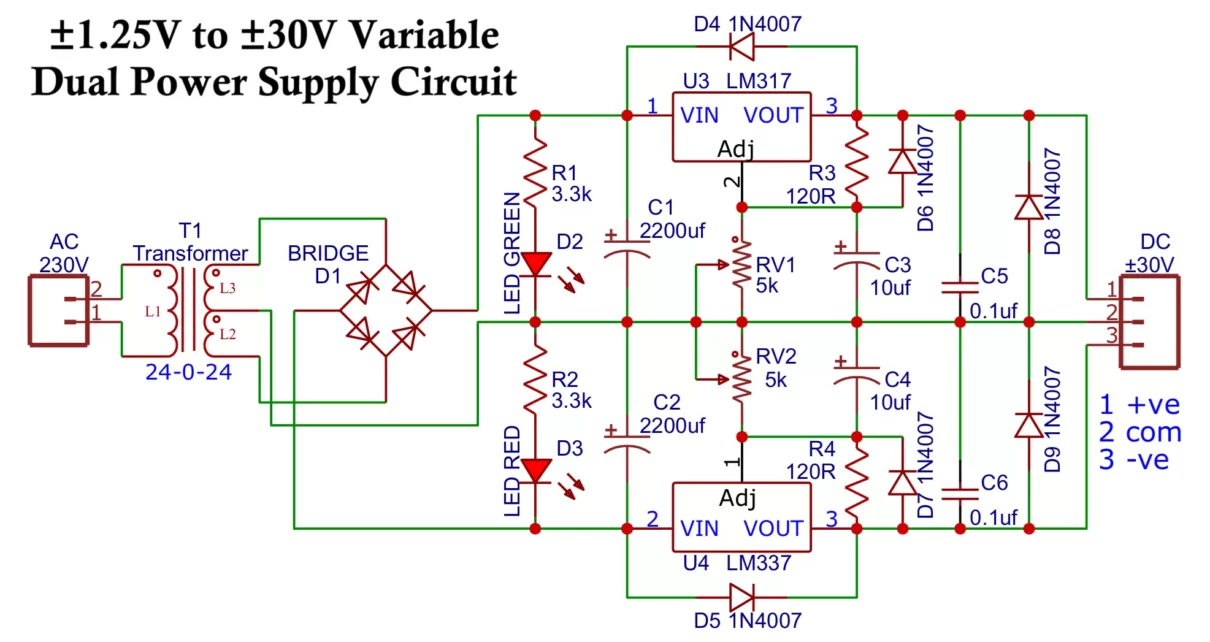In modern electronics, high speed PCB design is critical for ensuring signal integrity, reducing EMI, and maximizing performance. Whether you’re designing for IoT, 5G, or high-frequency applications, mastering PCB design and layout techniques is essential. Below, we break down advanced high-speed PCB design techniques, including signal routing, impedance control, and thermal management, while highlighting how […]
Choosing the Right Materials for Reliable Electrical Performance
When a new electronic device fails, the culprit is often the materials inside it. From smartphones to medical devices, every component relies on materials that can handle electrical loads, heat, and environmental stress. Choosing the wrong materials doesn’t just affect performance, it can lead to costly recalls or safety risks. This post details understanding material […]
Difference Between D-MOSFET and E-MOSFET Explained
This article is on MOSFETs (Metal-Oxide-Semiconductor Field-Effect Transistor), covering the difference between D-MOSFET and E-MOSFETs with construction, working, advantages, disadvantages, and applications. MOSFETs are the most common types of Field Effect Transistors (FETs) in Modern electronics. It functions as a voltage-controlled device and delivers high input impedance along with fast switching speed. MOSFETs are the […]
Phototransistor – Construction, Working, Types and Applications
A phototransistor is a semiconductor device that combines the properties of a photodiode and a transistor. It is sensitive to light and provides amplified electrical output based on the light intensity incident on its base region. Phototransistors play a vital role in optoelectronic applications such as light sensing, encoders, switches, and signal transmission, owing to […]
Difference Between SCR, DIAC and TRIAC
In power electronics, the SCR, DIAC, and TRIAC are three common semiconductor devices that are very useful in electric power control and conversion applications. Though they all belong to the thyristor family, their operation, structure, and applications differ significantly. Here’s a detailed explanation of SCR (Silicon Controlled Rectifier), DIAC (Diode for Alternating Current), and TRIAC […]
Dual Power Supply Circuit ±(5V, 12V, 15V, 24V & 1.25V-30V DC)
Dual power supply circuit is the backbone of many electronic systems. Various circuits, especially those involving operational amplifiers, analog devices, and certain digital systems, require both positive and negative voltages to operate properly. This is where Dual Power Supply Circuits come into play. They provide symmetrical voltages (like +12V and -12V, +15V and -15V, etc.) […]
